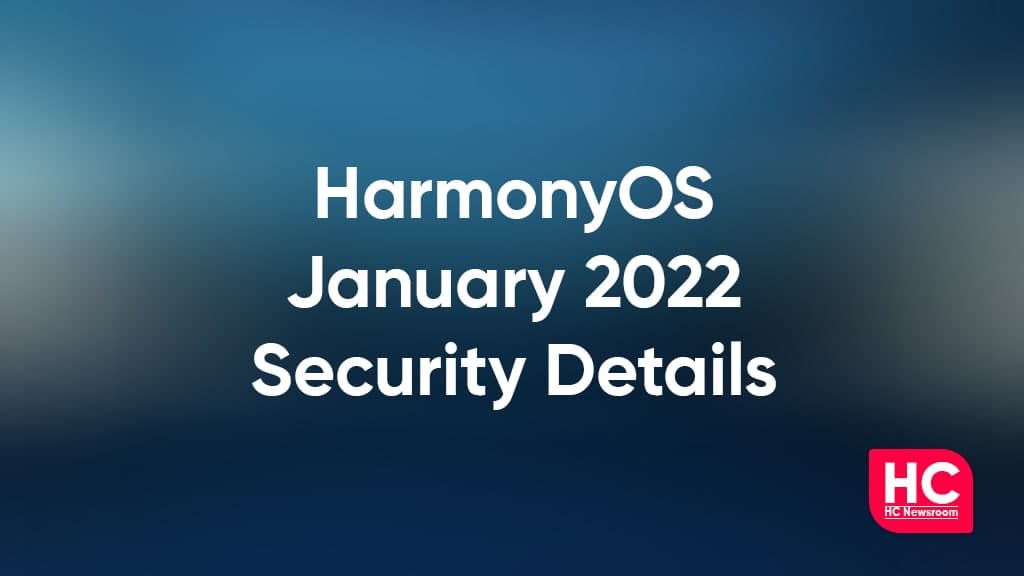OpenBSD 7.1 released, including Apple M1 support • The Register
The OpenBSD Project has released version 7.1 of its eponymous OS for 13 different computer architectures, including Apple’s M1 Macs.
OpenBSD is the security-focused member of the BSD family. Project leader Theo de Raadt co-founded the NetBSD project in 1993, but after disagreements with other core team members, he left and forked the NetBSD 1.0 codebase, releasing OpenBSD 1.2 in 1996. As a generalization, OpenBSD focuses on robustness and security, NetBSD focuses on supporting as many different platforms as possible, and FreeBSD focuses on providing a rich modern OS for the most popular platforms.
Version 7.1 is the 52nd release since then, in which time only two remote holes have been found in the default installation.
As with Linux distros, it’s hard to measure usage numbers, but according to surveys such as BSDstats both it and NetBSD trail fairly distantly behind FreeBSD in popularity – then again, installing a data-collecting survey app is the kind of behavior one might expect an OpenBSD user to assiduously avoid.
It supports a surprisingly wide range of hardware: x86-32, x86-64, ARM7, Arm64, DEC Alpha, HP PA-RISC, Hitachi SH4, Motorola 88000, MIPS64, SPARC64, RISC-V 64, and both Apple PowerPC and IBM POWER. Notably, “Support for Apple Silicon Macs has improved and is ready for general use.”
The Reg FOSS desk ran up a copy in VirtualBox, and we were honestly surprised how quick and easy it was. By saying “yes” to everything, it automatically partitioned the VM’s disk into a rather complex array of nine slices, installed the OS, a boot loader, an X server and display manager, plus the FVWM window manager. After a reboot, we got a graphical login screen and then a rather late-1980s Motif-style desktop with an xterm.
It was easy to install XFCE, which let us set the screen resolution and other modern niceties, and there are…





